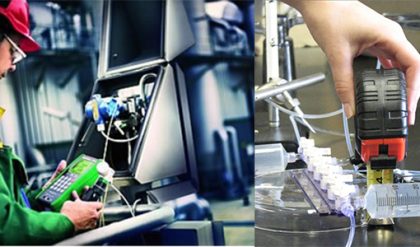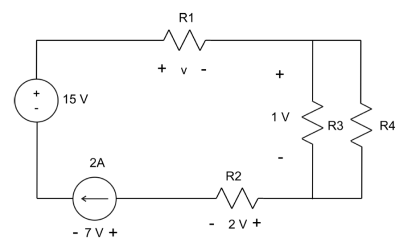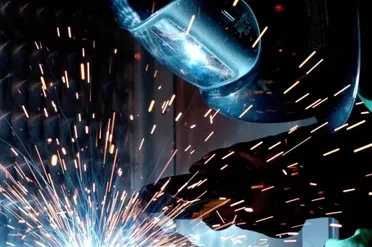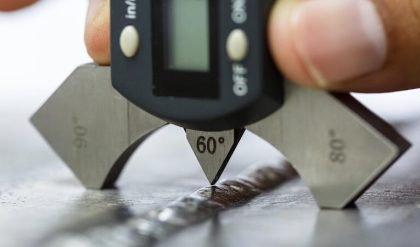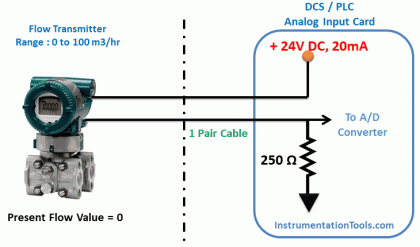Electro-hydrostatic actuator (EHA) replace hydraulic systems with electrical power-only self-contained actuators. EHAs eliminates the need for separate hydraulic pumps and tubing.
In most cases, hydraulic electrical actuators include a closed hydraulic system consisting of an electrical drive motor, a pump and a hydraulic cylinder with plunger and actuator stem.

Position control is often integrated, i.e. a force balance element with a generally 4 to 20 mA electrical input signal and corresponding feedback via a range spring.
How does an electro-hydraulic actuator work?
A flapper-nozzle system controls the pressures within the double-acting hydraulic cylinder through a special hydraulic high-pressure valve until the desired position of the valve stem is reached.

This results in a proportional relationship between the input signal and valve travel (control valve stroke). Like an electro-mechanical actuator, it is possible to reverse the direction of movement and force.
If a plant has numerous electro-hydraulic actuators, a central hydraulic unit is often used.
Advantages of electro-hydraulic actuators:
· Very high actuator thrusts attainable.
· Relatively high control rate (stroking speed) possible.
· High rigidity (travel stiffness) dampens oscillations of valve stem.
· Automatic failure position in case of auxiliary energy loss.
Disadvantages of electro-hydraulic actuators:
· Very heavy, extensive construction, expensive.
· In most cases, not every mounting position suitable.
· Protection against explosion attainable only with high cost.
· Unsuitable for extremely high and low temperatures.
· Sensitive to rough service conditions, frequent maintenance required
